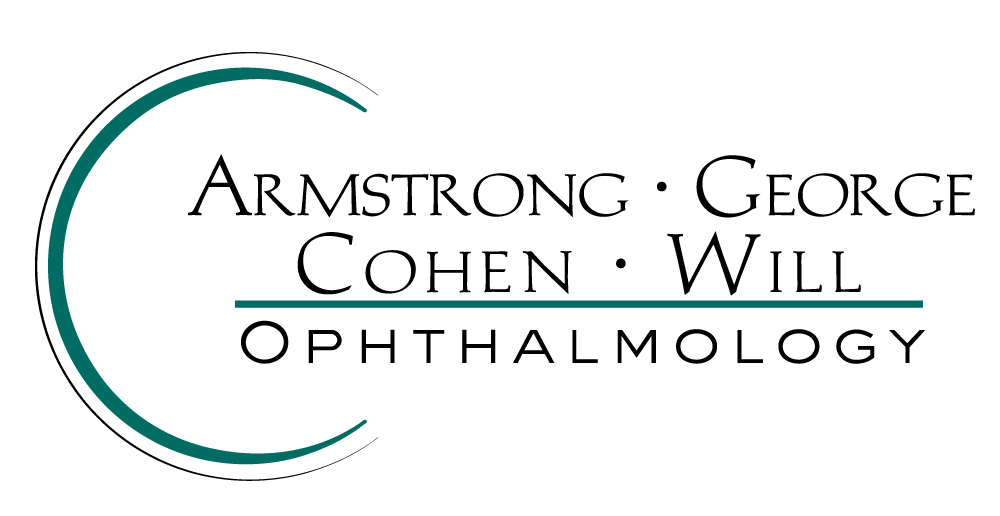Most healthy adults need an eye examination every one to two years. Diabetics and those over 60 should be examined annually, and patients with vision disorders need more frequent appointments.
Contact lens patients require an annual examination to make sure their lenses are fitting properly and to renew their prescription. You should schedule a refraction before ordering new eyeglasses, even if you recently had an appointment for an ocular condition.
When you arrive for your appointment, always bring your current eyeglasses, contact lenses and a pair of sunglasses in case dilation is needed. Also, please bring a list of medications you are taking, your most recent insurance card(s) and any necessary referrals and co-pays.
Our optometrists (Doctors of Optometry/OD) perform routine examinations, and can diagnose and treat many eye diseases. At annual well-eye appointments, they may dilate your eyes to check for health, refract to accurately prescribe eyeglasses and take measurements to find your best contact lens fit. Our optometrists work closely with our ophthalmologists to insure you are getting the best care for your eyes.
When a more comprehensive examination is needed, a patient may be scheduled for both an MD and OD appointment on the same day. Additional eye tests may be performed on the day of your visit or at a future appointment. Therefore, please be aware that the duration of your appointment may vary.
Our ophthalmologists (Medical Doctors/MD) generally care for patients with eye disease, vision changes, pain, new symptoms or a family history of ocular problems. Patients are often referred for a medical or surgical evaluation by their primary care physician or an outside optometrist. Drs. Armstrong, George, Cohen and Gross are committed to keeping your doctor informed by reporting back on your treatment plan. Our ophthalmologists are also available for second opinions for patients considering surgery or seeking to confirm a diagnosis.
The Five Parts of a Routine Eye Examination
- Refraction
After you read lines on an eye chart, the eye doctor diagnoses any refractive errors (myopia, hyperopia, presbyopia, astigmatism). - External Exam
The eye doctor assesses your eyelid function, pupil response, movement of your eye muscles and peripheral vision. - Slit Lamp Examination
This test looks at the front of your eye (cornea, lens, iris) and measures intraocular pressure. - Retina Examination
The back of eye (optic nerve, macula, retina) is examined. Your doctor determines whether you require a dilated retina examination. - Consultation and Recommendations
Your eye doctor will review your health history and results of the examination. Recommendations for correcting your vision and treating any eye conditions found during the exam will then be discussed with you.


